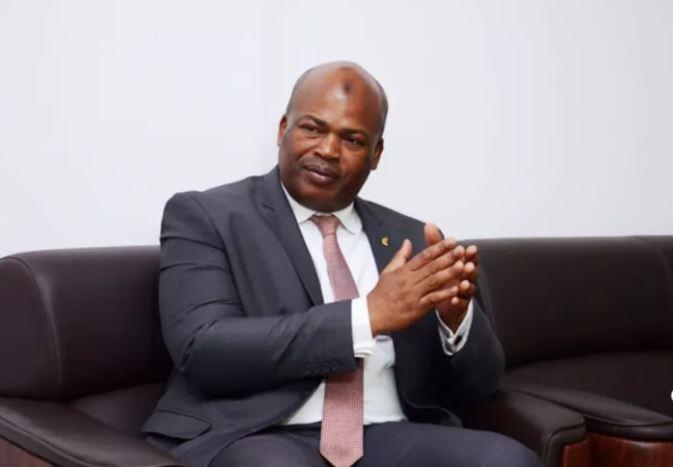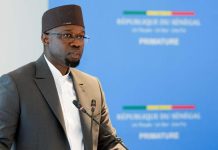Africa-Press – Senegal. Senegal’s economic performance over the past ten years clearly demonstrates that the Emerging Senegal Plan (PSE) has been successful, says Director General of the PSE’s Operational Monitoring Office (BOS), Ousseyni Kane, citing the « significant challenges » the country still faces in feeding and housing « a rapidly expanding and urbanizing population ».
« This first decade has clearly demonstrated that the PES is a success. Ten years after [its launch], it is undeniable that the photograph of Senegal in 2014 is different from that of 2023. The PES is a success in several respects, » said Mr. Kane in a column sent to APS on Wednesday.
He believes that « the balance sheet is largely positive and the dynamic will be continued to bring our country on the ramps of emergence ».
“However, it is clear that in the decades to come, Senegal will face significant challenges to ensure its food security and improve the income of its expanding and rapidly urbanizing population,” warns Ousseyni Kane.
Meeting this challenge will consist, he specifies, in “not only producing more, but [in] producing better, while sparing natural resources”.
« Consolidating the achievements » of the PSE
Mr. Kane says that the Senegalese economy recorded during the period 2014-2023 an average growth of 6.5%, against an average of 3% between 2005 and 2013.
Senegal’s goal was to achieve an average growth of 7% or 8% in 2023, according to the director general of the BOS of the Emerging Senegal Plan.
These results being achieved, “we will need in the ten years to come, between now and 2035, to consolidate the achievements, to reach the cruising speed” of the PSE, he recommends.
Mr. Kane recalled the economic performance achieved by Senegal before the Emerging Senegal Plan. « For more than five decades, before the PSE, Senegal experienced economic growth rates [that] did not allow for a sustainable reduction in poverty, » he points out.
In his opinion, the low growth of the country’s gross domestic product in the decades before the implementation of its current development plan was partly due to insufficient levels of productivity, difficulties in access to factors of production, the vulnerability of agriculture to the vagaries of the weather, the poor structuring of agro-pastoral value chains, the difficulties of access to land and suitable financing, and governance problems.
The « sluggishness » of the Senegalese economy before the PSE is also a consequence of the delays in the implementation of reforms in the energy and business environment sectors, the insufficient capacity to stimulate of the State, the “problems of efficiency” of public spending and the resistance of certain actors to change, analyzes the director general of the BOS of the Emerging Senegal Plan.
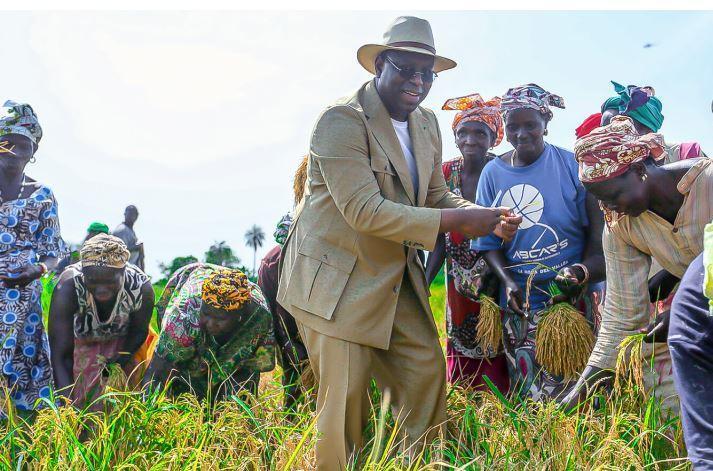
« It is in this context that the Emerging Senegal Plan was developed and launched. The [PES] is a strategy for the period 2014-2035, backed by a vision, that of an emerging Senegal by 2035, through three strategic axes: the structural transformation of the economy and growth, the human capital, social protection and sustainable development, and governance (institutions, peace and security) », he recalls.
This plan is implemented to sustainably accelerate growth, promote inclusive growth and strengthen the resilience of the Senegalese economy by combining several sustainable growth engines, adds Ousseyni Kane.
The PES relies on the rebalancing of the trade balance, the improvement of the « level of retention » of the wealth created on the national territory, the creation of stable and formal jobs, and growth guaranteeing a lever for social and human development. , according to Mr. Kane.
The PSE is built around priority sectors to establish a « structural transformation of our economy and shared growth », he underlines. According to him, the aim is to develop the agricultural sector, livestock farming and seafood products, to make the mining sector efficient, to promote social housing, to modernize the social and solidarity economy, to make Senegal a logistics and industrial hub, and to make services dynamic (tourism, digital economy, health, education, etc.).
The Director General of the BOS of the Emerging Senegal Plan recalls that four new sectors must emerge to achieve the objectives of the PSE: agriculture and agri-food, housing, mining and tourism.
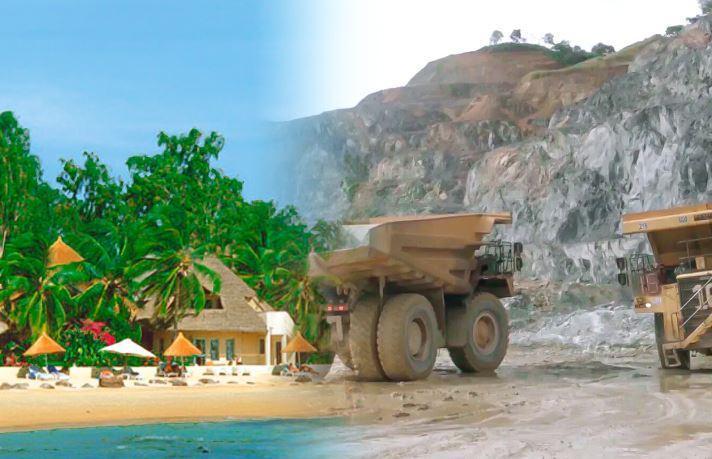
« A strong and sustained growth cycle »
Tripling exports, creating 350,000 formal jobs, increasing the number of people benefiting from “discretionary income” by 3 million and multiplying the gross domestic product per capita by 1.5 are among the objectives of the national development plan.
After setting these objectives and launching the PSE, « our country has experienced a strong and sustained cycle of growth, never achieved since our independence », maintains Ousseyni Kane.
As proof, he argues, « the World Economics ranking, which is authoritative in terms of statistical data, recognizes […] Senegal as the country with the most regular growth in the decade 2011-2021 ».
“This projected growth of 8% for the first decade of PSE implementation reached an average of 6.6% […] and was only slowed down by the Covid-19 pandemic”, underlines Mr. Kane.
He believes that “our country’s resilience in the face of this unprecedented health, social and economic crisis, with a positive growth rate in 2020, when all the economies of the world were in recession, testifies to the solidity and viability of the country’s economic model.
« For the year 2022, our growth rate was 4.8% and should reach an unprecedented level of nearly 10% in 2023, with the start of exploitation of our oil and gas resources » , writes the Director General of the Operational Monitoring Office of the PSE.
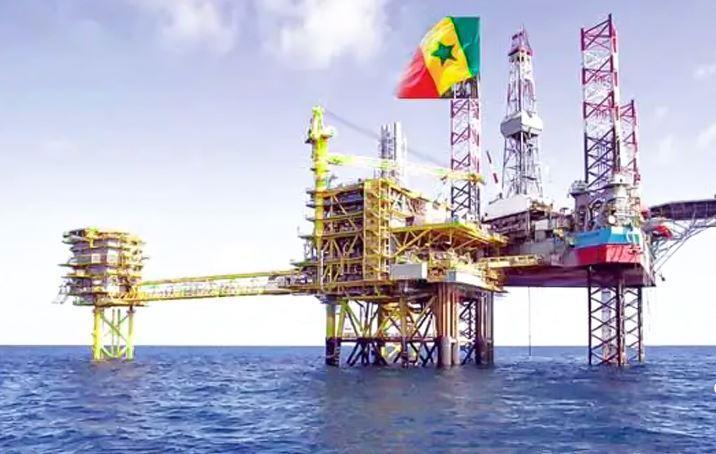
The PES « has changed the face of Senegal »
« Several relevant indicators demonstrate to what extent the PSE has changed the face of Senegal and transformed the country, projected it into another dimension and authorized new ambitions and perspectives, » he observes.
Mr. Kane lists the growth rate projected at 10.6% in 2024 by the International Monetary Fund, for Senegal, a national budget increased from 2.586 billion CFA francs in 2012 to 6.411.5 billion in 2023 and a mortality rate 3%, compared to 6% in West Africa and 4.5 in Africa.
« Our GDP was US$27.63 billion in 2021, compared to US$15.46 billion in 2012. Average inflation over the period 2012 to 2021 is 1.5% per year, compared to an average 2.7% over the decade before PSE (2002-2011 », he argues.
The rate of coverage of internal public expenditure by internal revenue is 85% in 2022, against 61% in 2011, reports Ousseyni Kane.
Gross domestic product per capita grew by US$1,609 in 2021, compared to an average of US$1,790 in sub-Saharan Africa, Kane writes.
« The poverty rate has dropped by 5% »
« Our life expectancy rate is 67.9%, compared to 57.3% in West Africa and 60.2% in sub-Saharan Africa », he adds, stressing that, thanks to the PSE , the prevalence of undernourishment is 7.5%, compared to 19.1% in sub-Saharan Africa.
« The poverty rate has fallen by 5% and is the lowest in West Africa », argues the director general of the BOS of the Emerging Senegal Plan.
Based on data from the World Bank, he says that the PSE has enabled Senegal to have an electricity access rate of 68%, four points higher than the average for sub-Saharan Africa.
« It may seem quite simplistic, when referring to infrastructure investments, to [only talk about] TER (regional express train), the Ila Touba highway and the BRT (a mass transport infrastructure under construction in Dakar ) », comments Mr. Kane, considering that « the relevance of these projects is beyond doubt ».
“Speaking of infrastructure, he continues, it will be necessary to mention those of energy, which have enabled our country to go from an installed capacity of 570 megawatts in 2012 to more than 1,787 megawatts by the end of 2022, with the development large-capacity power plants in Mboro, Saint-Louis, Cap des Biches, Malicounda… »
The Director General of the PSE Operational Monitoring Office adds to these achievements the new installation program for 250,000 solar street lights and the electrification of more than 5,000 villages, from 2012 to the present day.
« Speaking of infrastructure, we must also mention those of opening up and connectivity promoting territorial equity essential to the harmonious development of our country », he underlines.
In this area, Ousseyni Kane evokes the Senegambia bridge, the Nelson-Mandela bridge of Foundiougne (west) and those of Marsassoum (south) and Rosso (north).
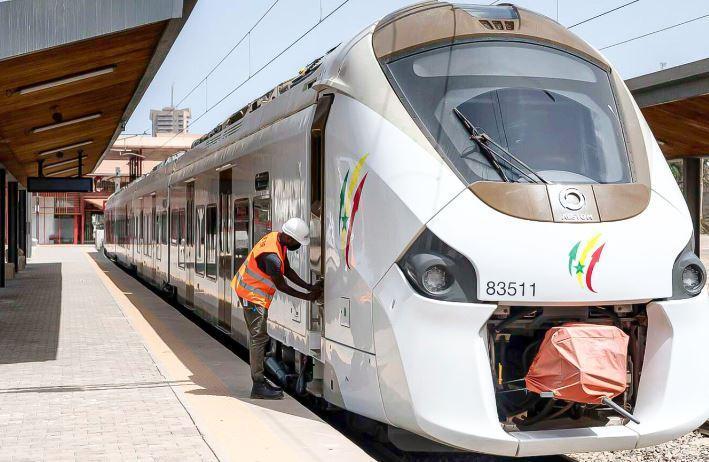
A 3% drop in fishing in 2021
Still on infrastructure, Mr. Kane recalls the construction of the ports of Ziguinchor (south) and Foundiougne, as well as five regional airports.
« All this is far from being exhaustive to demonstrate that the vision of the PES […] is part of a global coherence, that of providing our country with all the infrastructure essential to its economic take-off, » he writes.
Agricultural production is estimated in 2022 at nearly three billion 663 million 690 tonnes, an increase of 5% compared to the previous agricultural campaign, and 23% compared to the average of the last five years, according to the master of implementation of the Emerging Senegal Plan.
“The added value of the agricultural sector increased from 780.4 billion CFA francs in 2019 to 1,574.7 billion in 2022, representing a growth of 101.8%. It has increased overall by more than 400% compared to 2012, » he says, attributing these results to the PSE.
Thanks to this development plan, “the added value of the livestock sector increased by 2.4%, going from 469.7 billion CFA francs in 2020 to 481.1 billion in 2021. Indeed, the national production of meat and offal reached a volume of 297,521 tonnes in 2021, an increase of 12,565 tonnes compared to 2020, and an achievement rate of 97% of the target,” continues Ousseyni Kane.
National milk production recorded an increase of 4.8% between 2020 and 2021, to reach 280.6 million liters, according to him.
National aquaculture production was 1,374 tonnes in 2021, compared to 1,100 tonnes in 2020, an increase of 24.9%. « This good result is explained by the creation of 43 new farms, the acquisition of broodstock and the strengthening of the supervision of aquaculture infrastructures. »
Mr. Kane, on the other hand, reports that the value added of the fishing sub-sector, a key sector of the Senegalese economy, recorded a drop of 3% from 139.6 billion CFA francs in 2020 to 135.5 billion in 2021.
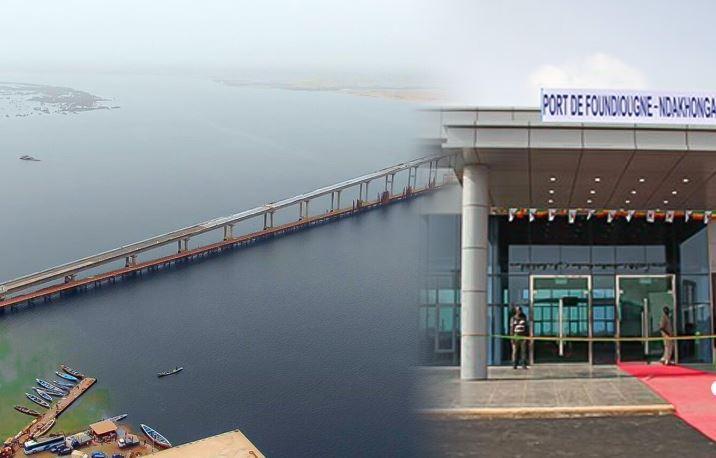
Pour plus d’informations et d’analyses sur la Senegal, suivez Africa-Press


